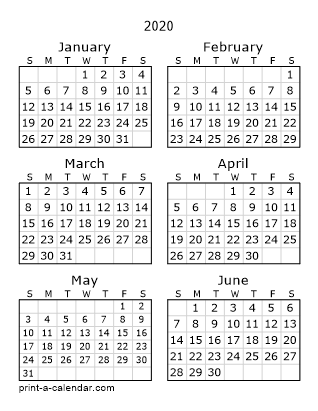The repetition of a month created the problem of scheduling fairs, weddings and different social events without repetition and confusion. This become resolved via asserting one month as Shudha (natural, smooth, normal, proper, also referred to as Deva month) and the alternative Mala or Adhika(more, unclean and inauspicious, also referred to as Asura masa).[51]

The Indian mathematicians who calculated the quality way to adjust the two years, over lengthy intervals of a yuga (technology, tables calculating 1000 of years), they decided that the quality manner to intercalate the months is to time the intercalary months on a 19-yr cycle. This intercalation is usually adopted within the third, fifth, eighth, eleventh, 14th, 16th and 19th 12 months of this cycle. Further, the complex policies rule out the repetition of Mārgasirsa (additionally referred to as Agahana), Pausha and Maagha lunar months. The ancient Hindu texts aren’t regular on these policies, with competing ideas flourishing in the Hindu subculture.[52]
The Hindu calendar makes in addition uncommon adjustments, over a cycle of centuries, wherein a sure month is taken into consideration kshaya month (dropped). This takes place because of the complexity of the relative lunar, solar and earth movements. According to the Hindu calendar principle, states uriel Marion Underhill, “while the solar is in perigee, and a lunar month being at its longest, if the new moon straight away precedes a samkranti, then the primary of the 2 lunar months is deleted (called nija or kshaya). This, for instance, passed off inside the year 1 BCE, while there has been no new moon between Makara samkranti and Kumbha samkranti, and the month of Pausha turned into dropped.[53] ust like months, the Hindu calendar has two measures of a day, one based on the lunar motion and the alternative on solar. The sun day or civil day, known as divasa ( दिवस), has been what most Hindus traditionally use, is straightforward and empirical to study, by way of poor and rich, with or without a clock, and it is described because the duration from one dawn to some other. The lunar day is referred to as tithi (तिथि), and this is based on complicated measures of lunar movement. A lunar day or tithi might also, for instance, start within the center of a day and end next afternoon.[54] Both in recent times do not immediately correspond to a mathematical measure for an afternoon together with identical 24 hours of a sun 12 months, a fact that the Hindu calendar scholars knew, however the gadget of divasa changed into convenient for the general population. The tithi had been the idea for timing rituals and fairs, even as divasa for regular use. The Hindu calendars modify the mismatch in divasa and tithi, the use of a technique much like the solar and lunar months.[55]
A Tithi is technically described in Indian texts, states John E. Cort, as “the time required by using the mixed motions of the solar and moon to increase (in a vibrant fortnight) or decrease (in a dark fortnight) their relative distance through twelve levels of the zodiac.[56] These motions are measured the usage of a hard and fast map of celestial zodiac as reference, and given the elliptical orbits, a duration of a tithi varies between 21.Five and 26 hours, states Cort.[56] However, within the Indian lifestyle, the overall populace’s exercise has been to deal with a tithi as a solar day among one sunrise to next.[56]